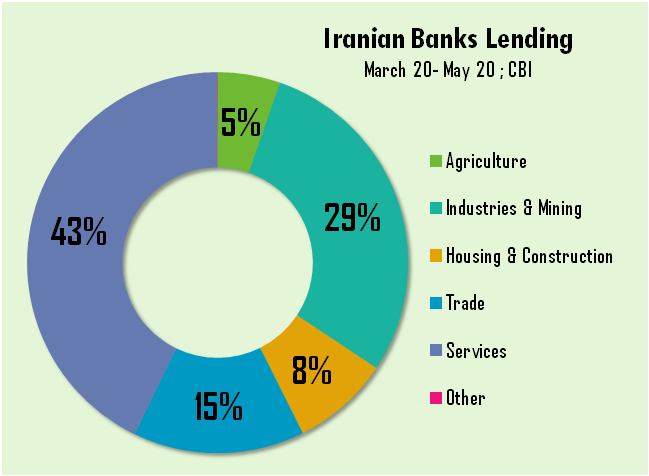Governor of the Central Bank of Iran says the government has changed its approach toward the banking system by becoming more realistic in dealing with the key sector.
According to Valiollah Seif, the new outlook is tantamount to a milestone in endless efforts to reform the wobbly lenders saddled with billions of dollars in soured assets and restructured loans.
Speaking at a meeting with the CEOs of banks on Tuesday, Seif said “improving the banking sector is subject to a shift in expectations from the lenders.”
He went on to say that “Irrational expectations from the banking sector in the past resulted in big losses, namely bad debts that piled up,” the CBI website reported.
“By shifting the focus to the bond market, the new plan will help bring discipline to the government,” he added.
The banking overhaul plan was unveiled by President Hassan Rouhani last week to be implemented in the current fiscal year that ends in March 2017. Earlier he signed the much-anticipated plan into law seen as a milestone in implementing major reforms in the ailing banking sector.
According to the CBI chief, the plan covers three main aspects: addressing fundamental and infrastructure problems, the credit crunch and banks’ capital adequacy.
Iran’s 30 plus lenders have long operated with low capital adequacy requirements and inadequate regulatory and supervisory mechanisms. They were further weakened by the policies of the former government, which forced them to provide cheap loans to selected entities, as well as the sanctions.
While sanctions were taking a toll the banks were largely able to hide their shortcomings. But with the country now keen to attract foreign investment and joint ventures, observers are sounding the alarm over the state of the underperforming lenders and their inability to give credit to businesses and underpin economic growth. The senior banker called for the full implementation of reform plans saying the overhaul scheme would not deliver “if we fail to put it into action in its entirety.”
Focus on Lending
The government is diligently seeking to enhance the banking sector’s lending power in order to help struggling local production units in need of credit.
The latest data published by the central bank indicates that lenders have financed various business sectors to the tune of 489.4 trillion rials ($15.7 billion) during the two months ending May 20, marking a year-on-year growth of 45.7%.
Services sector borrowed 209.2 trillion rials ($6.7 billion), accounting for 43% of the total loans during the period. Industries and mining and the trade accounted for about 29% and 15% of the loans respectively.
Of the total loans, 324.4 trillion rials ($10.5 billion) were allocated to meet the borrowers’ need for working capital. Mortgage loans accounted for barely 4% of the loans.
Start-Up Business Loans (SBA) however, accounted for 7.1% of the total, during the two-month period. Agriculture sector received the largest portion of SBAs at 13.8%.
According to official reports, 60% of the country’s SMEs are facing closure and some 1,500 manufacturing units have been foreclosed by the lenders. Twenty five percent of these units have shut down and the rest are operating much below capacity.


